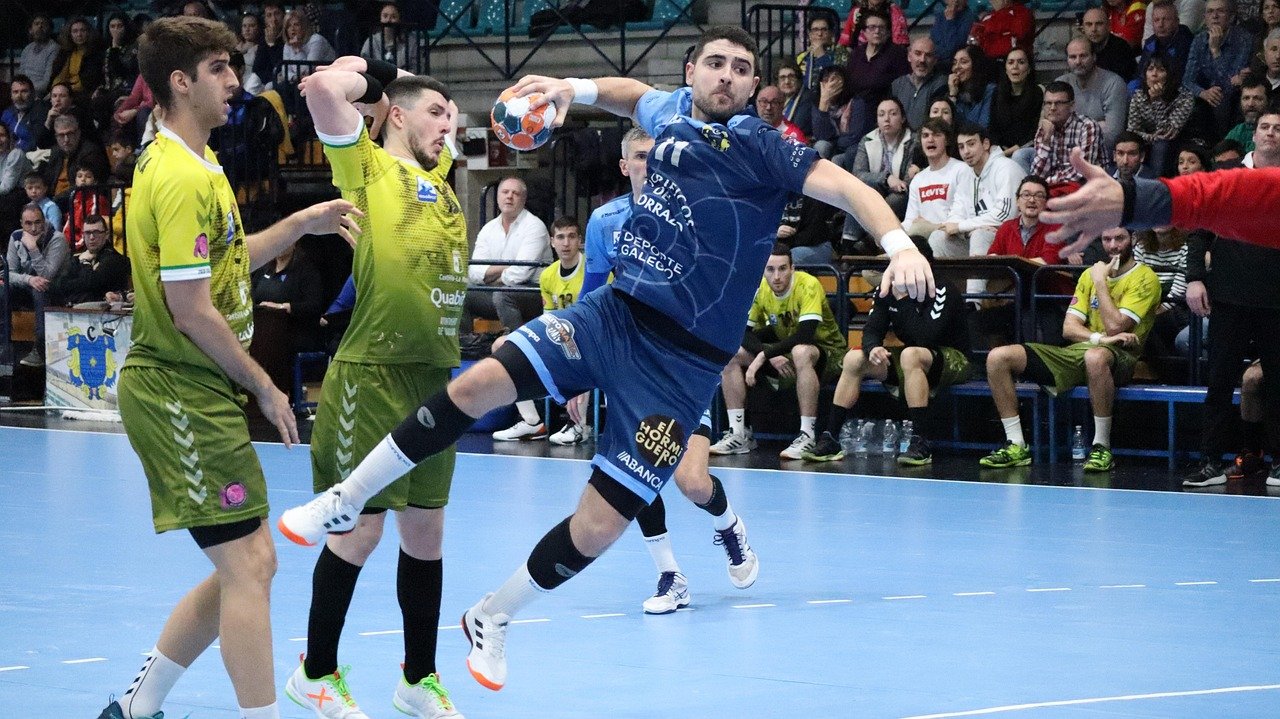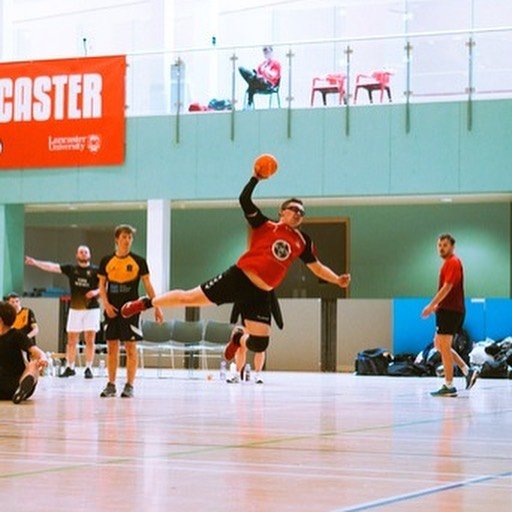Discipline in handball is maintained through a structured card system, designed to penalise unsporting behaviour and ensure player safety. Yellow and red cards are central to this system, each carrying specific consequences. This blog will break down what these cards mean, when they are used, and how they affect the game.
The Role of Cards in Handball
Cards in handball are used by referees to manage conduct and maintain the spirit of fair play. Unlike in some other sports, handball uses a progressive punishment system where infractions escalate based on their severity or repetition.
The Yellow Card: A Formal Warning
A yellow card in handball is essentially a caution. It is used to warn a player for minor offences that do not yet warrant a suspension but need to be addressed.
When Is a Yellow Card Given?
- Unsporting behaviour (e.g., mocking, dissent).
- Repeated minor fouls.
- Delaying the restart of play.
Who Can Receive a Yellow Card?
- Any player on the court.
- Team officials on the bench (e.g., coaches).
Consequences
- A yellow card is only a warning — it does not involve removal from play.
- A team can receive a maximum of three yellow cards during a match.
- After three yellow cards, further infractions result in suspensions (2-minute penalties).
The Red Card: Disqualification
A red card is issued for serious infractions and means the player is disqualified from the remainder of the match.
When Is a Red Card Given?
- Violent conduct (e.g., punching, dangerous fouls).
- Serious unsporting behaviour (e.g., intentional fouling to prevent a goal).
- Verbal abuse of officials or opponents.
- Accumulation of three 2-minute suspensions for the same player.
Consequences
- The disqualified player must leave the court and the team bench.
- The team plays one player down for two minutes.
- After the two-minute penalty, a substitute may replace the disqualified player.
- The red carded player cannot return for the rest of the match.
The Blue Card: Additional Reporting (Advanced)
Although this article focuses on yellow and red cards, it’s worth mentioning the blue card for context:
- Issued alongside a red card to indicate the referee is submitting an official report.
- May lead to further disciplinary action or suspension in subsequent matches.
Difference Between 2-Minute Suspension and Red Card
- 2-Minute Suspension: Temporary removal from the game. A player can return after the time is up.
- Red Card: Permanent removal from the current game. The player is not allowed back, and may face further sanctions.
Tactical and Psychological Impact
Receiving cards can have a major impact:
- Teams with fewer players are at a numerical disadvantage, making defence harder.
- Players on a yellow card may play more cautiously to avoid further punishment.
- Coaches may need to adjust tactics or substitute at-risk players.
Managing Discipline on the Court
Tips for Avoiding Cards
- Maintain respectful communication with referees.
- Avoid excessive physicality.
- Stay composed after decisions go against you.
For Coaches and Captains
- Monitor emotional intensity in players.
- Substitute players showing signs of frustration.
- Set the standard for team behaviour.
Final Thoughts
Understanding yellow and red cards in handball is essential for anyone involved in the sport. These disciplinary tools help keep the game fair, respectful, and safe. Whether you’re a player, coach, or spectator, recognising the purpose and implications of these cards enhances your appreciation of the game.



